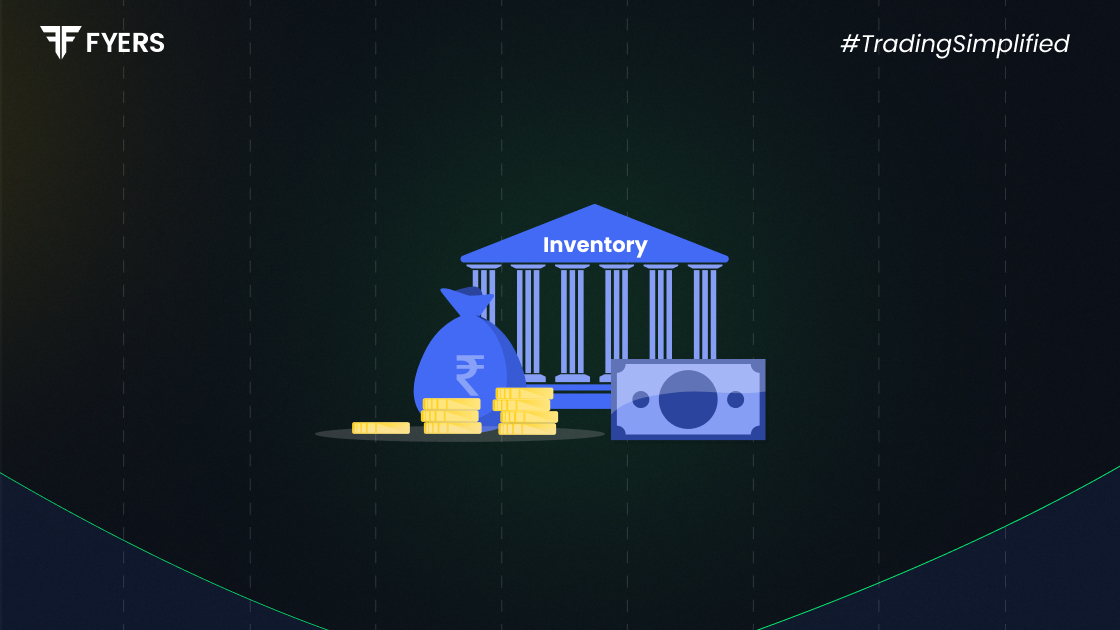

 29 Jun, 2025
29 Jun, 2025
 4 mins read
4 mins read

Managing a company’s finances requires keeping a close eye on what it owns and owes. Among the key elements of a company's financial position are current assets. These are short-term assets that can be quickly converted into cash and are essential for maintaining liquidity and smooth operations.
In this blog, we'll break down what are current assets, current assets meaning, types of current assets, how to calculate them, and why they matter in business accounting and financial analysis.
Current assets are assets that a company expects to convert into cash or use up within one financial year or an operating cycle, whichever is longer. They reflect the short-term financial health of a business and include everything from cash in hand to inventory and accounts receivable.
In simple terms, current assets are the resources a company uses to pay off its short-term obligations and manage day-to-day expenses.
Current assets come in several forms, each playing a vital role in a company's working capital:
Cash and Cash Equivalents: This includes currency, bank balances, and liquid investments like treasury bills. It’s the most readily available form of current assets.
Accounts Receivable (Trade Receivables): Money owed by customers for goods or services sold on credit. These are expected to be received within a short period.
Inventory: Includes raw materials, work-in-progress goods, and finished products ready for sale. It is considered current because it will eventually turn into cash through sales.
Marketable Securities: Short-term investments that can be sold quickly without a significant loss in value, such as government bonds or commercial paper.
Prepaid Expenses: Costs that have been paid in advance for services yet to be received, like insurance premiums or rent.
Short-term Loans and Advances: Includes advances to suppliers, employees, or other entities expected to be settled within a year.
These are the key types of current assets that businesses manage to ensure liquidity.
Understanding how to calculate current assets is vital for monitoring a company’s short-term financial health. The formula is straightforward:
|
Current Assets = Cash and Cash Equivalents + Accounts Receivable + Inventory + Marketable Securities + Prepaid Expenses + Short-term Loans and Advances |
Example:
If a business has the following:
Cash: ₹1,00,000
Accounts Receivable: ₹2,00,000
Inventory: ₹3,00,000
Marketable Securities: ₹50,000
Prepaid Expenses: ₹25,000
Short-term Advances: ₹75,000
Then,
Total Current Assets = ₹1,00,000 + ₹2,00,000 + ₹3,00,000 + ₹50,000 + ₹25,000 + ₹75,000 = ₹7,50,000
This illustrates the practical use of the current assets formula.
Let’s explore the key distinctions in current assets vs non-current assets:
|
Feature |
Current Assets |
Non-Current Assets |
|---|---|---|
|
Purpose |
Used within a year |
Held for more than one year |
|
Liquidity |
Highly liquid |
Less liquid |
|
Examples |
Cash, inventory, receivables |
Land, buildings, machinery |
|
Impact |
Helps manage short-term operations |
Supports long-term growth |
While current assets serve short-term operational needs, non-current assets are essential for strategic, long-term investments.
The importance of current assets in financial management cannot be overstated:
Liquidity Management: Ensures the business can meet short-term liabilities like salaries and vendor payments.
Creditworthiness: Strong current assets boost investor and lender confidence.
Working Capital Efficiency: Effective management of current assets helps maintain healthy cash flow.
Decision Making: Reliable tracking supports better budgeting and forecasting.
Crisis Buffer: Liquid current assets provide safety during financial downturns or unexpected expenses.
Here are some practical examples of current assets in different business settings:
Retail Shop: Cash at counter, inventory of goods, and receivables from customers.
IT Company: Cash in bank, short-term investments, and prepaid software licences.
Manufacturing Unit: Raw materials, work-in-progress, and trade receivables.
Service Business: Prepaid rents, advances to staff, and cash on hand.
These examples of current assets show how they vary depending on the industry and operations.
Current assets in the balance sheet are typically listed at the top of the “Assets” section. They are presented in order of liquidity, starting from cash and cash equivalents to prepaid expenses. This placement highlights their role in meeting the company’s short-term financial needs.
Current assets are the backbone of any business’s short-term financial health. They ensure smooth daily operations and offer the flexibility to handle immediate financial needs. Knowing what are current assets, how to calculate current assets, and how to interpret them in the balance sheet is key for anyone involved in financial planning, investing, or business management.
For investors, analysts, and business owners, understanding current assets provides valuable insights into liquidity, solvency, and overall operational efficiency.
Current assets are resources that a company can turn into cash within a year, like cash, inventory, or amounts due from customers.
A current ratio (Current Assets / Current Liabilities) between 1.5 to 2 is generally considered healthy. It indicates the business can meet its short-term obligations comfortably.
Current assets in the balance sheet are shown under the “Assets” section, typically ordered by liquidity - from cash to prepaid expenses.
Calculate your Net P&L after deducting all the charges like Tax, Brokerage, etc.
Find your required margin.
Calculate the average price you paid for a stock and determine your total cost.
Estimate your investment growth. Calculate potential returns on one-time investments.
Forecast your investment returns. Understand potential growth with regular contributions.